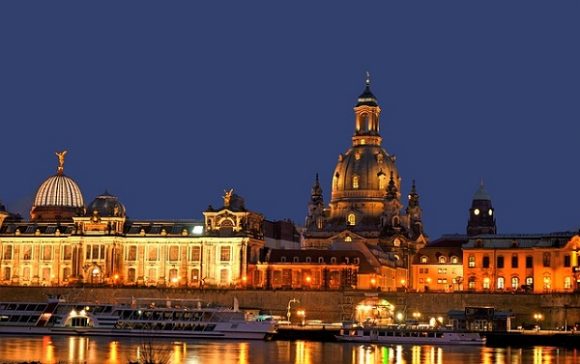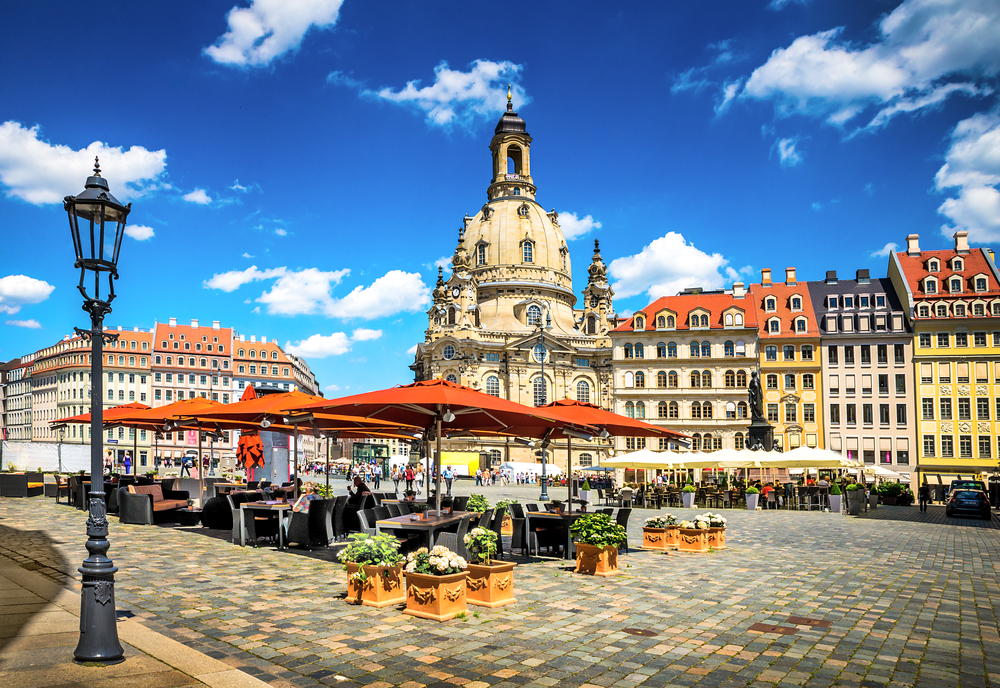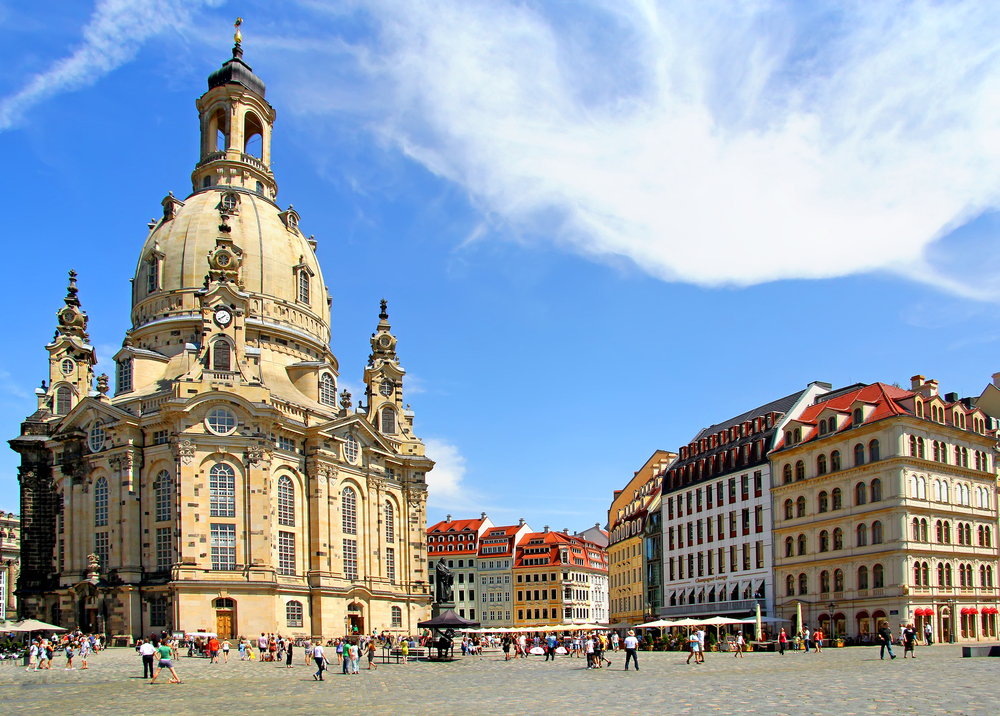Close to the Czech border and famous as the capital of the Free State of Saxony, Dresden is situated along the River Elbe valley. Dresden has been destroyed by European wars, but has always risen and reinvented itself. Today, it is a beautiful city that makes for a great visit!
History
Dresden has been settled in one form or another since 7,500 BC, with its founding associated with the massive expansion towards the east of Germanic peoples. The city of Dresden was founded in 1206, and it slowly gained a long history as the royal residence and capital of the Kings and Electors of Saxony. For hundreds of years, this gave the city a unique artistic and cultural splendor that was unique in all of Europe.
By 1270, Dresden had become the Margraviate capital and returned to the Wettin dynasty in 1319. The Saxony dukes looked at the city as their seat in 1485 before the electors did the same in 1547. From 1809 to 1918, Dresden city became the Kingdom of Saxony capital.
Napoleon also made Dresden an operations base during his Napoleonic Wars where he won a major victory in 1813 at the Battle of Dresden. During the 19th century, Dresden was a strong economic city where food processing, motor car manufacturing, medical equipment manufacturing and banking took place.
By the early twentieth century, Dresden had become famous for its successful cigarette factories and camera works. Until 1933, the German city was the center of modern art in all Europe as well as being the first ever Free State of Saxony capital from 1918 to 1934.
It was during the twentieth century, however, that Dresden suffered its heaviest blow that is still felt to date. As the heart of art and manufacturing and communications, it suffered greatly when over 90 percent of its city center was destroyed by allied bombing on February 13, 1945.
Afterward, the historic buildings around the city were reconstructed. In fact, the perfection of the reconstruction and attention to detail will make you wonder whether the bombing really happened. The city center is quite compact and you can cover a good number of its highlights in 24 hours.
Where to Visit
Begin at the Semperoper, or the Opera House’s outer plaza, for a satisfying walking tour. The rich and colorful exterior design is the stuff of every casual visitor with a guided tour in German and English also provided. There are music and opera performances every night and it’s a place to be if you have the time.
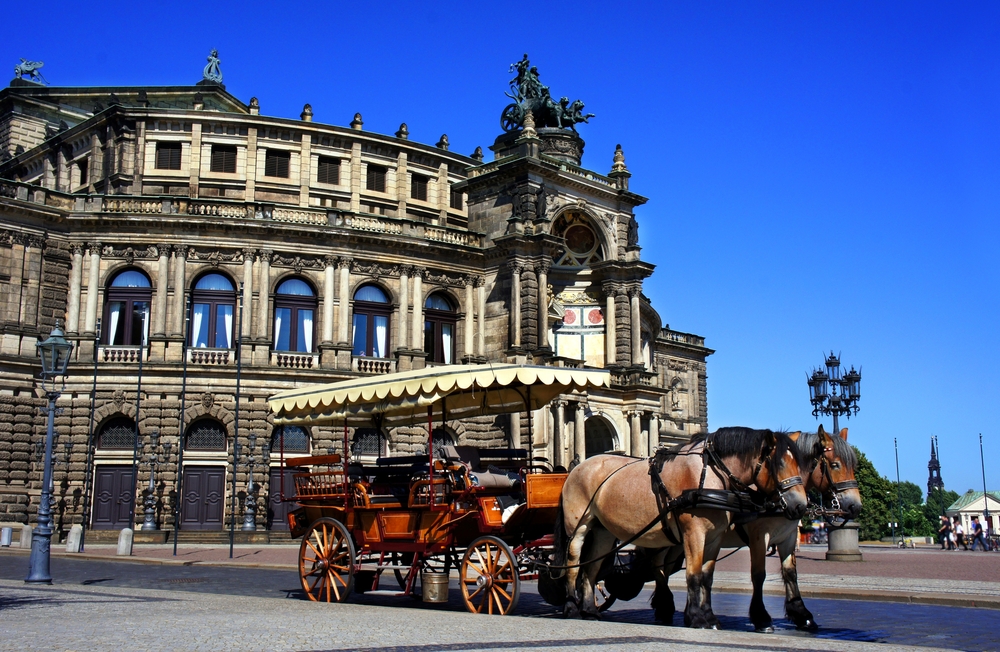 © Shutterstock- MarinaDa
© Shutterstock- MarinaDa Zwinger Palace, close to the opera house, is a favorite site for many in the city of Dresden due to its ornate exterior in the Baroque style. Priceless pieces of Renaissance and Baroque art are housed in the Old Masters Picture Gallery, or the Gemäldegalerie Alte Meister. It is also a place to find the Nymphaeum with lots of nymphs and a wonderful Baroque fountain.
Booking.com
In the open plaza is the Frauenkirche, the Church of Our Lady, offering a 360-degree view of Dresden from its cupola. The bird’s eye view of Dresden from the top of the Frauenkirche is unforgettable.
If you have some more time, visit the Green Vault or Grünes Gewölbe to see the finest collection of royal treasures in all Europe or take a boat trip along River Elbe in a paddle steamer. You can end the day with a quick trip to the Pfund Molkerei (Pfund’s Dairy), once named the most beautiful of all milk shops globally by the Guinness Book of Records.
Bars and Restaurants
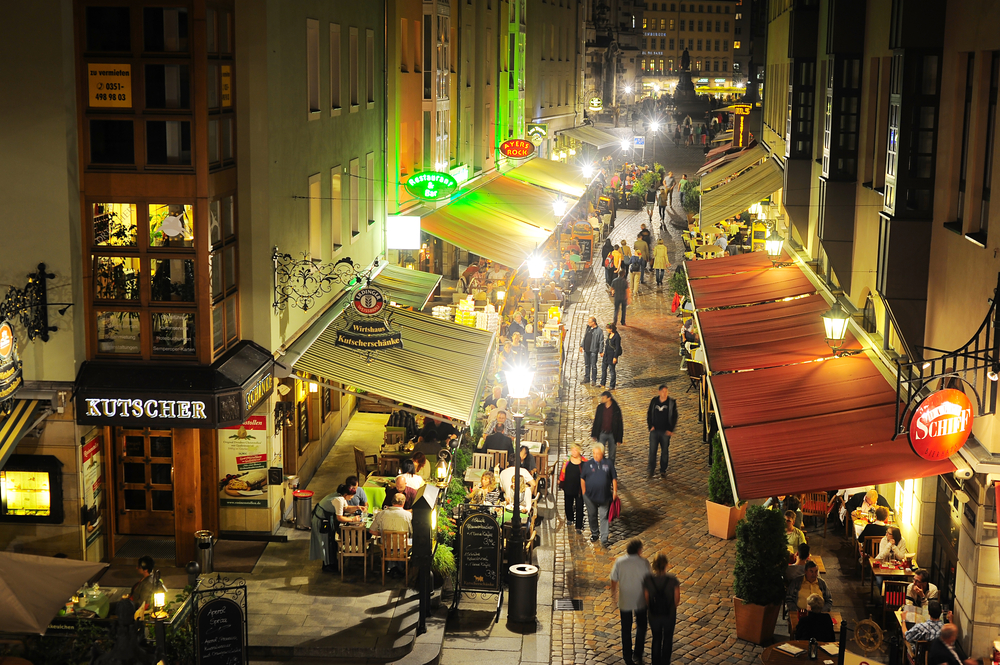 © Shutterstock-MarinaDa
© Shutterstock-MarinaDa
The Church of Our Lady or the Frauenkirche is at the heart of restaurants that surround it from all sides and the perfect spot to grab some dinner or a quick lunch. Ayers Rock is one of the restaurants nearby with an Australian theme, also one of the best places in Dresden to grab a bite and a drink. It has a long cocktail list and over 200 drinks with diverse beer brands on the tap, both Australian and German.
The night life scene in Dresden is one of a kind. A vibrant young crowd often populates clubs and bars, for instance along the Alaunstrasse within the Outer Neustadt. While there are so many bars and restaurants to pop in for a wonderful Dresden treatment, the Sophienkeller im Taschenbergpalais is worth every visit for three draught beers, meals and snacks in a cellar restaurant so unique that every staff dresses in colorful costumes of the 18th century.
Dresdner Stollen
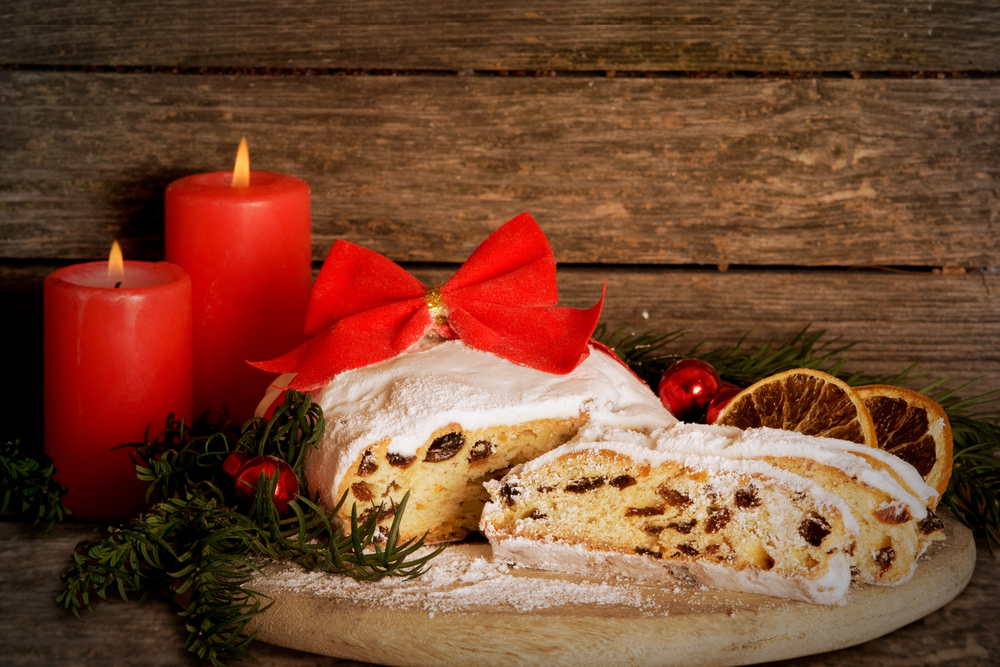 © Shutterstock-Photo-SD
© Shutterstock-Photo-SD Stollen is a fruit cake containing dried fruit and often marzipan and covered with sugar, powdered sugar or icing sugar. The cake is usually made with chopped candied fruit and/or dried fruit, nuts and spices. Stollen is a traditional German cake, usually eaten during the Christmas season, when it is called Weihnachtsstollen or Christstollen.
This most famous Christmas cake is said to originate from Dresden and today there are only 150 Dresden bakers that are allowed to produce the “official version,” which is distinguishable by a special seal depicting Augustus II the Strong, the Elector of Saxony from 1694-1733.
Each year the city holds a festival to celebrate the Stollen during the first week of Advent. A carriage parades the cake through the streets of Dresden to the Christmas market where it is ceremoniously cut into pieces using a special knife and distributed amongst the ground in exchange for a small donation to charity. This event is symbolically reminiscent of custom began in 1730 by Augustus II the Strong.
How to Get There
By car Dresden is approximately 5 hours and 30 minutes northeast of Kaiserslautern, 4 hours and 45 minutes northeast of Wiesbaden, and 5 hours and 15 minutes of Stuttgart. For train information, check with DB Bahn.
Featured Image Photo Credit: © Pixabay-Pixaline

